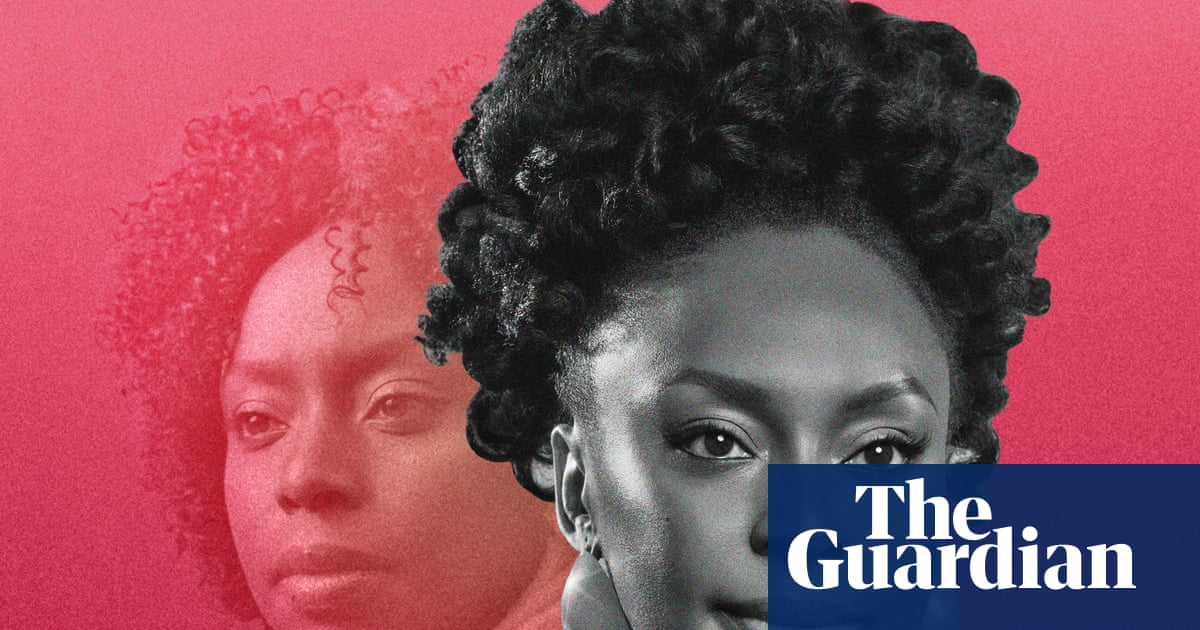
"Dream Count returns to the themes that Adichie is in greatest command of: an existence that sits between living in Africa and living in the diaspora. The Covid pandemic acts as a backdrop to the lives of four female protagonists, and between them there are the roiling affairs of the heart, disappointments and assaults and bodily wreckage whose collective toll starts to be felt, or counted, in middle age."
"The central figure is modelled on Nafissatou Diallo, who was allegedly assaulted in 2011 in a hotel room by the French economist Dominique Strauss-Kahn. It is a gesture of returned dignity, Adichie says in her author's note. But it is also an example of how the author always leans into the sharp and jagged realities of womanhood, with no desire to smooth its edges."
"Adichie is, above all, a a matter-of-fact narrator of bodily ravages: bad sex, small penises, postpartum injuries, fibroids and heavy bleeding. This is my favourite quality of Adichie's. She doesn't traffic in banalities or idealisation of Black women as poetically and magically tragic or noble. They just are. In Dream Count, Adichie's style is as confident and singular as ever. Almost too much so."
Dream Count returns to themes of life between Africa and the diaspora, centering four female protagonists during the Covid pandemic. The narrative follows roiling affairs of the heart, disappointments, assaults, and bodily wreckage whose collective toll is counted in middle age. The central figure is modeled on Nafissatou Diallo, invoking a gesture of returned dignity and confronting sharp, jagged realities of womanhood without smoothing edges. The narration is matter-of-fact about bodily ravages—bad sex, small penises, postpartum injuries, fibroids, heavy bleeding—and resists idealization of Black women as poetically tragic or noble. The voice remains confident and singular.
Read at www.theguardian.com
Unable to calculate read time
Collection
[
|
...
]